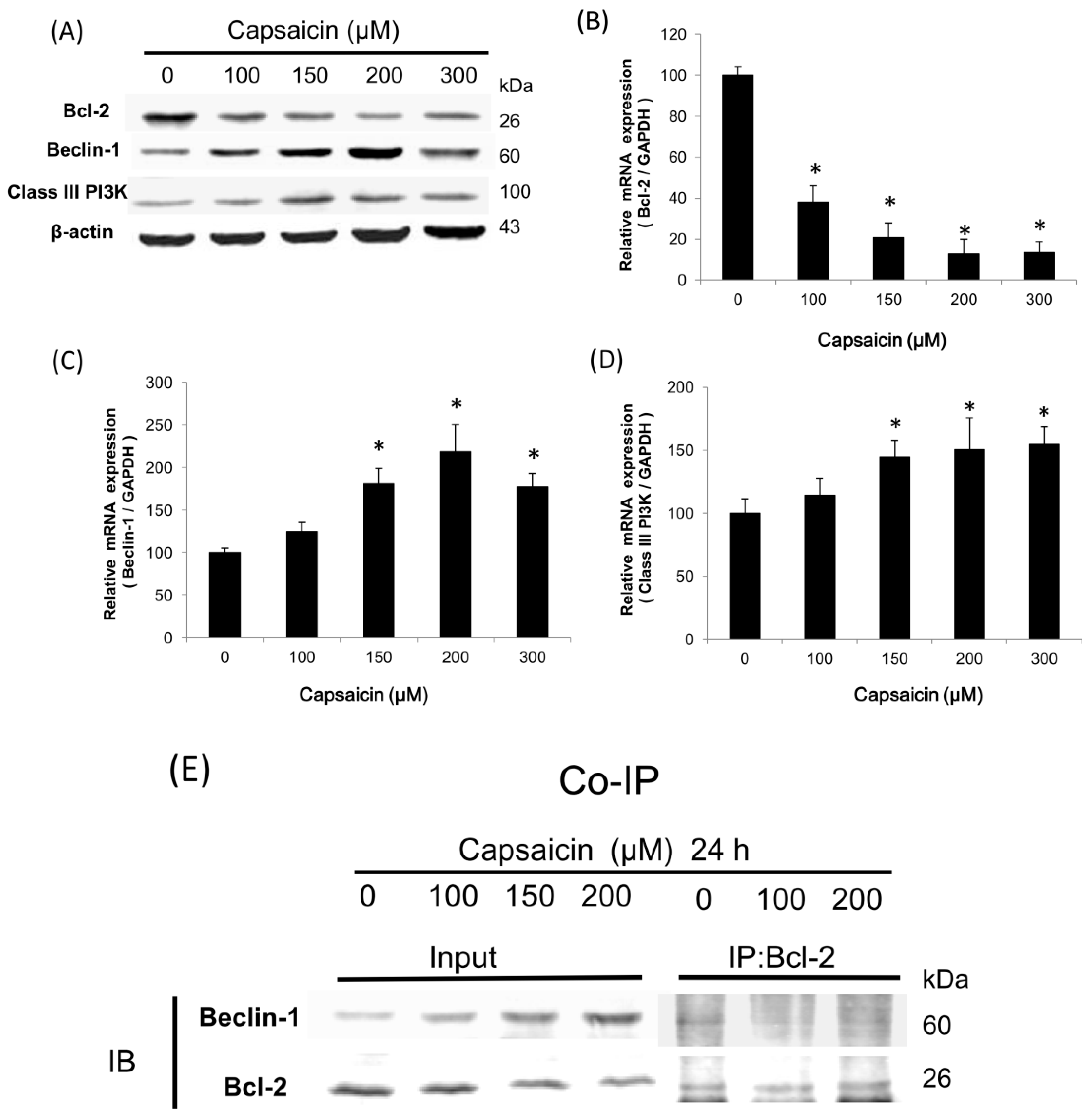
Winmdi 29 Free Download Software
Download scientific diagram Flow cytometric analysis of LN-18, LN-229 and U-373 human. Data were calculated directly from the plots using WinMDI software. 22,29,30 Pan-caspase inhibi- tion resulted in an entire abolition of caspase.
This laboratory module familiarizes students with flow cytometry while acquiring quantitative reasoning skills during data analysis. Leukocytes, also known as coelomocytes (including hyaline and granular amoebocytes, and chloragocytes), from Eisenia hortensis (earthworms) are isolated from the coelomic cavity and used for phagocytosis of fluorescent Escherichia coli. Students learn how to set up in vitro cellular assays and become familiar with theoretical principles of flow cytometry. Histograms based on fluorescence and scatter properties combined with gating options permit students to restrict their analyses to particular subsets of coelomocytes when measuring phagocytosis, a fundamentally important innate immune mechanism used in earthworms. Statistical analysis of data is included in laboratory reports which serve as the primary assessment instrument.
INTRODUCTION First discovered by Elie Metchnikoff, phagocytes provide a critical first line of defense for the innate immune system by engulfing and killing microbes. Hello kuttichathan malayalam serial cast. Phagocytosis commences with binding of the phagocyte to its target (or “prey”) using microbe recognition receptors (e.g., mannose, scavenger and opsonin receptors) on the host cell surface, followed by engulfment into a phagosome. Engulfment requires the activation of signaling pathways that facilitate the rearrangement of the cytoskeleton.
The internalized phagosome fuses with a lysosome to form a phagolysosome where microbial killing of the prey occurs. Killing involves the activation of a respiratory/oxidative burst (a dramatic increase in nonmitochondrial oxygen consumption) and the production of reactive oxygen species (ROS) which are toxic to ingested pathogens. This curriculum module focuses on the use of E. Hortensis as an invertebrate model to study phagocytosis. Hortensis possesses a coelomic cavity which runs the length of the earthworm and contains coelomic fluid and coelomocytes which, together, employ highly effective cellular and humoral innate defense mechanisms to combat microbial infections.
The coelomocytes share many of the same functions as mammalian leukocytes including the ability to phagocytize, induce inflammation and graft rejection, and stimulate agglutination and cytotoxicity reactions. The cellular component is comprised of leukocytes known as coelomocytes. The coelomic cavity of E. Hortensis consists of three major subpopulations of coelomocytes: hyaline amoebocytes (large coelomocytes consisting of neutrophils and basophils), granular amoebocytes (small coelomocytes comprised of granulocyes, type I and II acidophils, and transitional cells), and chloragocytes (also referred to as eleocytes which consist of type I and II chloragogen cells). Although the granular amoebocytes also phagocytize, it is the hyaline amoebocyte subpopulation that exhibits the most significant phagocytic activity. This laboratory exercise will focus primarily on the hyaline amoebocyte subpopulation and its role in phagocytosis using a flow cytometer to track the ingestion process.
Prerequisite student knowledge The laboratory curriculum module described here was used in an advanced microbiology course (BIO 308) at Cabrini College for undergraduates majoring in biology with concentrations in biological sciences, biotechnology, and pre-medicine, and also for those students enrolled in pre-nursing. Students were familiar with innate immune responses through material covered in lecture.